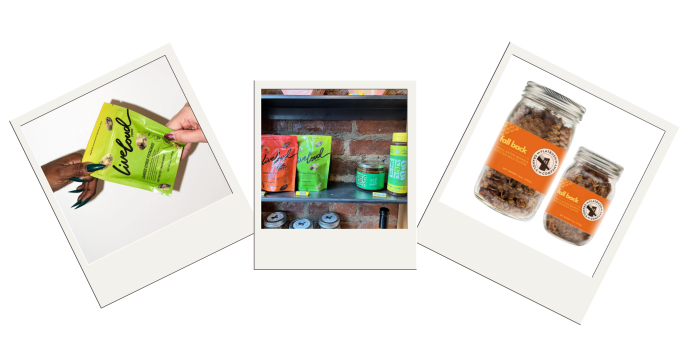Your blood pressure changes from hour to hour, sometimes even minute to minute. It jumps around so much that you are more likely to get a good sense of your blood pressure if you check it at home rather than in the doctor’s office.
Just a few of the things that can influence your blood pressure:
~standing up from a chair
~watching an exciting show on television
~eating a meal
~listening to soothing music
~stress
~the time of day
In fact, the American Heart Association (AHA), American Society of Hypertension, and Preventive Cardiovascular Nurses Association urge people with high blood pressure, or at high risk for developing it, to become blood pressure do-it-yourselfers.
There are many good reasons to follow their advice. Taking your blood pressure at home allows you to:
•Find your real blood pressure. The measurement your doctor or nurse takes is just a single frame from an ongoing movie. In some people, that snapshot tells the whole story, and is an excellent approximation of their usual blood pressure. In others, it isn’t.
Up to 20 percent of people diagnosed with high blood pressure have white-coat hypertension. This is a temporary spike in blood pressure brought on by the stress of trekking to and seeing a doctor. Still others have what’s called masked hypertension—normal blood pressure in the doctor’s office but high blood pressure everywhere else.
•Improve your control. People who check their blood pressure at home tend to be more successful at keeping it under control. It seems that timely feedback helps. Instead of getting a blood pressure reading once every few months under unusual conditions (in a doctor’s office), you can get a reading every week or so at home.
Taking the measurements yourself also helps. People who actively participate in their care generally do better than those who take a hands-off, let-the-doctor-do-it approach.
•Track your progress. You can’t feel your blood pressure get better—or worse. Measuring it at home offers vital information about whether your lifestyle changes and the medications you are taking are having their desired effects.
•Save time and medications. Monitoring your blood pressure at home may mean fewer trips to the doctor’s office. If you have white-coat hypertension, it may also mean taking fewer, or no, blood pressure medicines.
•Run with the right crowd. Of every 100 people with high blood pressure, 70 or more don’t have it under control. Checking your pressure at home and acting on the results can help you join the “in” crowd who do.
For example, a study showed that people who checked their blood pressure at home and emailed the results to a pharmacist who offered advice were far more likely to keep their blood pressure in check than those who merely measured it at home or those who had it taken by a doctor every now and then.
Who needs to monitor their blood pressure at home?
Consider home monitoring if you fall into any of these groups:
~People with known or suspected hypertension. That includes the whopping 73 million Americans with high blood pressure. It also includes the millions more with type 2 diabetes or chronic kidney disease, who are at high risk for developing high blood pressure.
~Pregnant women. High blood pressure is a common, and problematic, side effect of pregnancy.
~People who are seriously overweight.
~Smokers.
~People with a family history of high blood pressure.
For tips on picking a blood pressure monitor and using it correctly, see next week’s issue of Focus On: Blood Pressure.
Courtesy of Harvard Medical School
Focus on Health Living






















